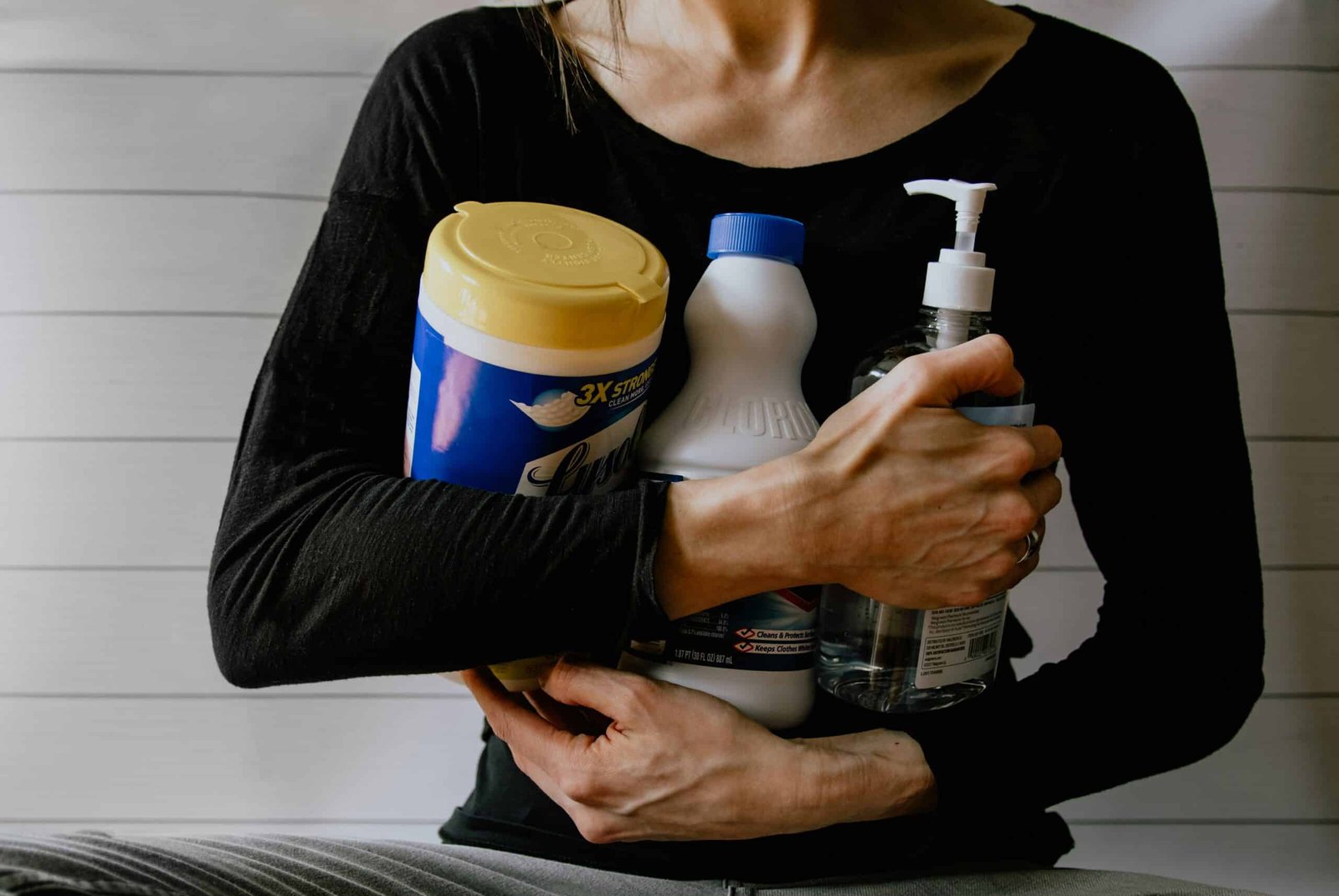A clean coffee maker is the secret to consistently great coffee. Over time, mineral deposits from water build up inside your machine, making coffee taste bitter, metallic, or weak. Descaling is the process of removing that buildup so your coffee maker works like new.
In this guide, you’ll learn:
- Why descaling is essential for flavor and machine longevity
- What materials you need (both commercial and DIY options)
- Step-by-step methods, including vinegar and citric acid solutions
- Recommended Amazon products to make descaling easy
- How often to descale and signs your machine needs it
Why Descaling Your Coffee Maker Matters
Neglecting to descale your coffee maker doesn’t just affect taste—it can slow brewing, damage internal components, and shorten the life of your machine. Whether you use a Keurig, drip machine, or espresso maker, regular descaling ensures:
- Better flavor: No more bitter or metallic notes
- Faster brewing: Eliminates clogs and mineral buildup
- Longer lifespan: Prevents wear and tear on internal parts
Think of descaling as routine maintenance, just like changing the oil in your car.
Materials You’ll Need
Before you start, gather everything so the process goes smoothly.
- Descaling solution (commercial or homemade)
- White vinegar (for the classic vinegar method)
- Citric acid (2 tablespoons per liter of water for a natural DIY option)
- Water (for mixing and rinsing)
- A 2-liter container (to catch runoff during the process)
Tip: If you prefer eco-friendly options, vinegar and citric acid are inexpensive and natural alternatives to store-bought products.
Descaling Options Compared
There are three main ways to descale your coffee maker. Each has pros and cons.
1. Vinegar-Based Solution
- How to use: Mix equal parts vinegar and water (1:1 ratio).
- Pros: Cheap, natural, effective.
- Cons: Strong odor and slower on heavy buildup.
- Recommended: Heinz Cleaning Vinegar – affordable, multi-purpose, and ideal for descaling.
2. Citric Acid (Homemade)
- How to use: Mix 1–2 tablespoons of citric acid with 1 liter of water.
- Pros: Cost-effective, eco-friendly, adjustable strength.
- Cons: Must measure carefully—too strong can damage parts.
- Recommended: Milliard Citric Acid – food-grade, versatile, and perfect for homemade descaling solutions.
3. Commercial Descalers
- How to use: Follow the instructions on the package.
- Pros: Pre-formulated, reliable, easy to use.
- Cons: More expensive and less eco-friendly.
- Recommended:
- Keurig Descaling Solution – made for Keurig machines, hassle-free option.
- Keurig Descaling Solution – made for Keurig machines, hassle-free option.
-
- Urnex Dezcal Powder – trusted by baristas, effective for espresso machines and drip brewers.
- Urnex Dezcal Powder – trusted by baristas, effective for espresso machines and drip brewers.
-
- Durgol Swiss Espresso Descaler – premium liquid formula, safe for all coffee makers.
- Durgol Swiss Espresso Descaler – premium liquid formula, safe for all coffee makers.
Step-by-Step Descaling Process
Here’s a general descaling method (works for most drip and pod machines):
- Empty the machine: Remove any used pods, filters, or leftover water.
- Add solution: Pour your chosen descaling mixture into the reservoir.
- Run a cycle: Start the brew cycle and let the solution run halfway through.
- Pause: Turn off the machine and let it sit for 15–20 minutes to loosen deposits.
- Finish the cycle: Resume brewing until the reservoir is empty.
- Rinse: Run 2 full cycles of fresh water to remove any leftover solution.
For Keurig users: Run several short “brew cycles” without a pod until the reservoir is empty, then repeat with plain water.
How Often Should You Descale?
- Every 3–6 months for average users
- Every 300–600 brew cycles (check your manual)
- More often if you live in a hard water area
Signs it’s time to descale:
- Coffee tastes bitter, sour, or metallic
- Brewing is slower than usual
- The machine makes unusual noises
- Visible white residue inside the tank or spout
Quick FAQ
How long does descaling take?
About 25–30 minutes, including rinse cycles.
What’s the best solution?
White vinegar is effective and cheap, while commercial products are more convenient and precise.
Can citric acid be used?
Yes! Mix 2 tablespoons of citric acid with 4 cups of water.
How do I prevent buildup?
Use filtered water, clean your machine regularly, and follow descaling schedules.
Final Takeaway
Descaling isn’t just about clean coffee—it’s about keeping your machine in top shape. With the right solution and a simple routine, you’ll enjoy fresher flavor, faster brewing, and a coffee maker that lasts for years.
Start today with the right tools, whether it’s vinegar, citric acid, or a trusted commercial product from Amazon, and your next cup will taste better than ever.






